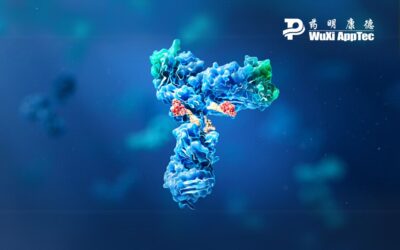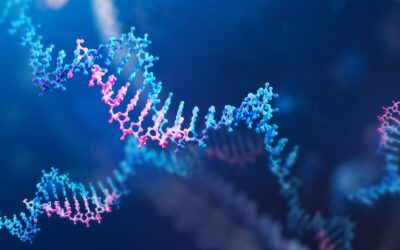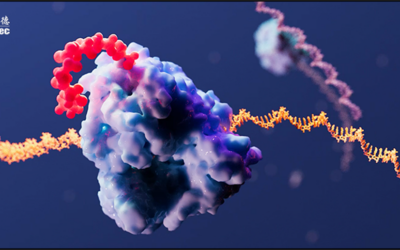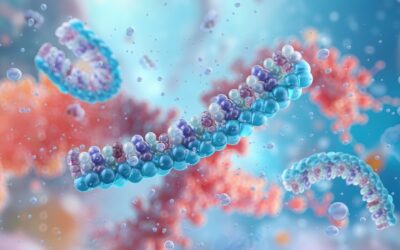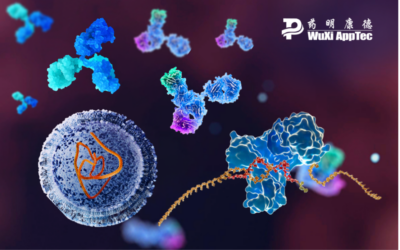Traditional toxicology testing requires complex schedules that align task workflows with finite resources such as technician time and access to laboratories and equipment. Managing interdependent parts of the process manually with spreadsheets or other basic tools, while easily accessible, is inflexible, cumbersome, and prone to error and inefficiency . Automated platforms and workflow systems have the potential to optimize—or revolutionize—all aspects of drug development and testing to enhance speed, accuracy, and coordination.
Regulatory
3 Therapeutic Considerations for the Future of Oligonucleotide Development
Oligonucleotide-based therapies are redefining how we approach diseases at their genetic origins. By modulating gene expression at the RNA level, these therapies offer an unprecedented degree of precision in drug development, making once-untreatable diseases targets for real solutions. This guide explores the therapeutic opportunities and innovations shaping oligonucleotide development and what it could mean for the future of patient care.
6 Factors That Can Make or Break the mRNA Therapeutic Development
In recent years, interest in RNA therapies has increased substantially. They are cost-effective to develop, relatively simple to manufacture, and can target conditions beyond the limitations of traditional small-molecule and macromolecular drugs.
What It Takes to Optimize Analytical Strategies for ADC Development
Antibody-drug conjugates (ADCs) represent a leap forward in oncology, enabling targeted drug delivery that minimizes systemic toxicity. But their complex molecular structure—comprising monoclonal antibodies, linkers, and potent payloads—demands a robust, highly specialized analytical framework. As ADC development accelerates, optimizing bioanalytical strategies has become a cornerstone of successful drug development.
Hybrid-ELISA in the Bioanalysis of Oligonucleotide Drugs
Therapeutic oligonucleotide drugs are a rapidly developing field in drug research today. They can be divided into anti-sense oligonucleotides (ASO), ribozymes/deoxyribozymes (DN Azyme), small interfering RNAs (siRNA), microRNAs, anti-gene transcription factor inducers, nucleic acid aptamers, and more.
Four Ways to Unlock the Potential of Antisense Oligonucleotides in Eye Care
Ocular conditions can arise from aging, environmental factors, or genetic mutations. The latter require complex treatments such as antisense oligonucleotides (ASOs), which are becoming critical tools to battle genetic and multifactorial ophthalmic diseases.
Five Ways LNP-mRNA is Shaping the Future of Medicine
Lipid nanoparticle (LNP) mRNA technology has emerged as a transformative platform in modern medicine. While it first gained broad attention through vaccine applications, its success was built on decades of scientific discovery and bioanalytical innovation. Today, this powerful platform is expanding into applications across oncology, rare disorders, and other complex disease areas.
How Early Safety Pharmacology Studies Accelerate Drug Development and Reduce Risk
Safety pharmacology plays a critical role across all stages of drug discovery and development. In the context of translational medicine, it bridges nonclinical findings and clinical outcomes by characterizing a drug candidate’s on- and off-target effects. This insight supports the selection of compounds with favorable safety profiles for early clinical trials. Conducting safety pharmacology studies early in development is one of the most effective strategies for minimizing attrition risk and maintaining development timelines. These studies assess a compound’s impact on vital physiological systems—such as the central nervous, cardiovascular, and respiratory systems—enabling more informed and timely decision-making.
Why Non-GLP Studies Matter in Preclinical Drug Development
Before diving into the rigor and regulatory demands of Good Laboratory Practices (GLP)-compliant toxicology studies, most drug development programs begin with non-GLP studies. While not subject to the same regulatory constraints, these early investigations play a vital role in reducing risk, informing study design, and optimizing the use of resources.
From Molecule to IND: A Strategic Roadmap Through Preclinical Studies
Developing a novel non-oncology small molecule drug involves much more than discovering a promising compound. Before advancing to clinical trials, regulatory authorities require comprehensive safety data to support an Investigational New Drug (IND) application. For non-oncology indications, this data must be generated through a sequence of preclinical studies—each designed with a specific purpose, interdependent timelines, and clearly defined regulatory expectations.
Key Challenges in Oligonucleotide Bioanalysis—And How to Overcome Them
Oligonucleotide therapeutics (oligos) have emerged as a groundbreaking class of drugs with the potential to treat previously untreatable diseases. By targeting RNA or modulating protein function, therapies such as antisense oligonucleotides (ASOs), small interfering RNA (siRNA), and aptamers offer new avenues for precision medicine. However, their development is not without hurdles, particularly in bioanalysis. Their unique properties demand advanced analytical methods to ensure accuracy, stability, and regulatory compliance.
What Is Large Molecule Preclinical Testing? Overview, Objectives, and Key Test Methods
Large molecule drug candidates face unique challenges in preclinical testing due to their complexity, but with the right strategies, researchers can navigate these hurdles and develop novel therapeutics. This comprehensive guide walks you through everything you need to know about large molecule preclinical testing, ensuring potential risks are minimized and the drug’s full potential is realized.



